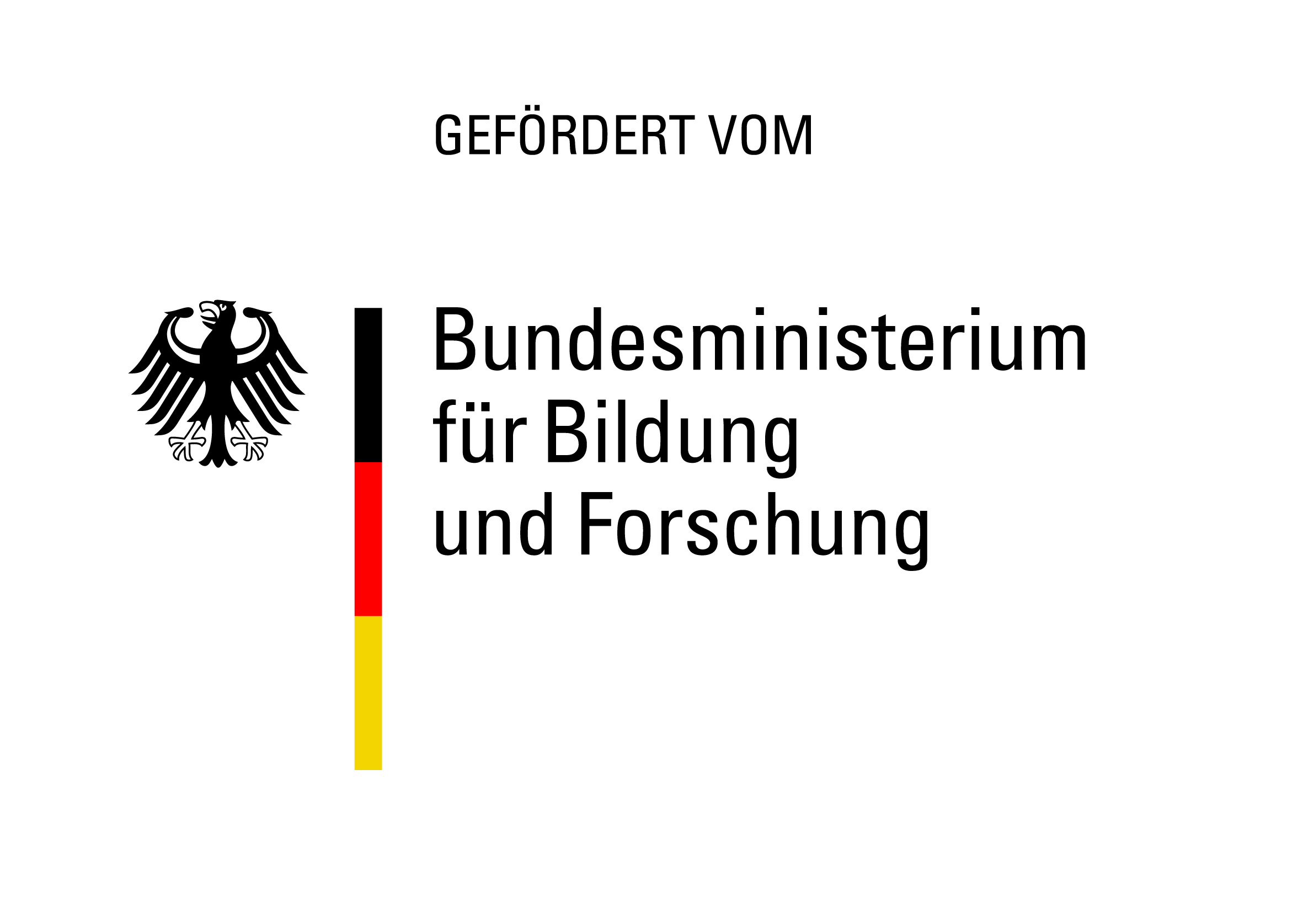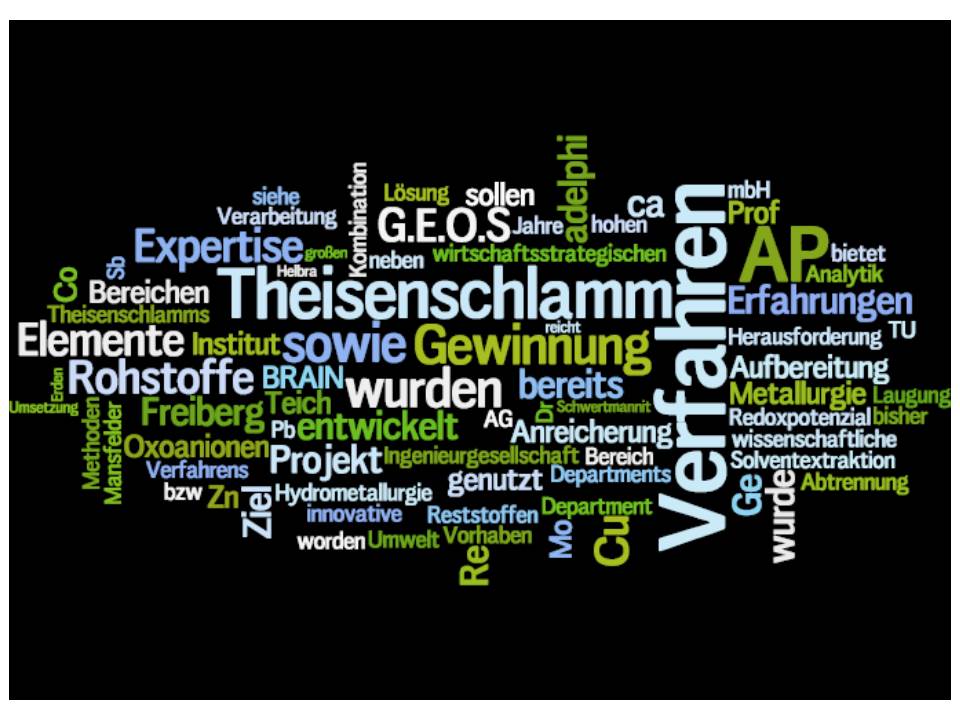r4- joint project
Winning of economically strategic materials from fine-grained residues from copper smelting
Theisenschlamm


The project aim is an application-related development of a procedure for the production of economically strategic trace elements. Using the example of Theisen sludge, these trace elements as well as valuable main metals should be obtained by the use of mineral-specific bioleaching and element-specific enrichment. Thereby, the variety of elements to examine, their big differences in concentrations and the difficult matrix is a scientific challenge. However, this ensures that the obtained results have general validity which can be used for the preparation of similar sulphidic materials with presumably less complexity. The objective of the project network is the production of all valuable elements from the complex Theisen sludge matrix by means of an energy-efficient, environmentally friendly and economical procedure.
The interdisciplinary expertise of three research institutions, one university and three companies have been bundled to fulfil this objective.
Overview of the work packages:
.png)
Project partner:
- Helmholtz Centre for Environmental Research – UFZ
Department Analytical Chemistry
Department Isotope Biogeochemistry - TU Bergakademie Freiberg (TUBAF)
Institut für Thermische Verfahrenstechnik, Umwelt- und Naturstoffverfahrenstechnik
Institut für Biowissenschaften
Institut für Analytische Chemie - Helmholtz-Zentrum Dresden-Rossendorf (HZDR)
Das Zentrum
Helmhotz-Institut Freiberg für Ressourcentechnologie
Division of Metallurgy and Recycling - G.E.O.S. Freiberg
Company profile - Biotechnology Research And Information Network AG (BRAIN)
Company profile - adelphi research gGmbH
Company profile - Nickelhütte Aue GmbH
Company profile
Publications:
- KLINK C., EISEN S., DAUS B. , HEIM J. , SCHLÖMANN M., SCHOPF S. (2016): Investigation of bioleaching of fine-grained residues of copper smelting, Journal of Applied Microbiology 120(6), 1520-30.
